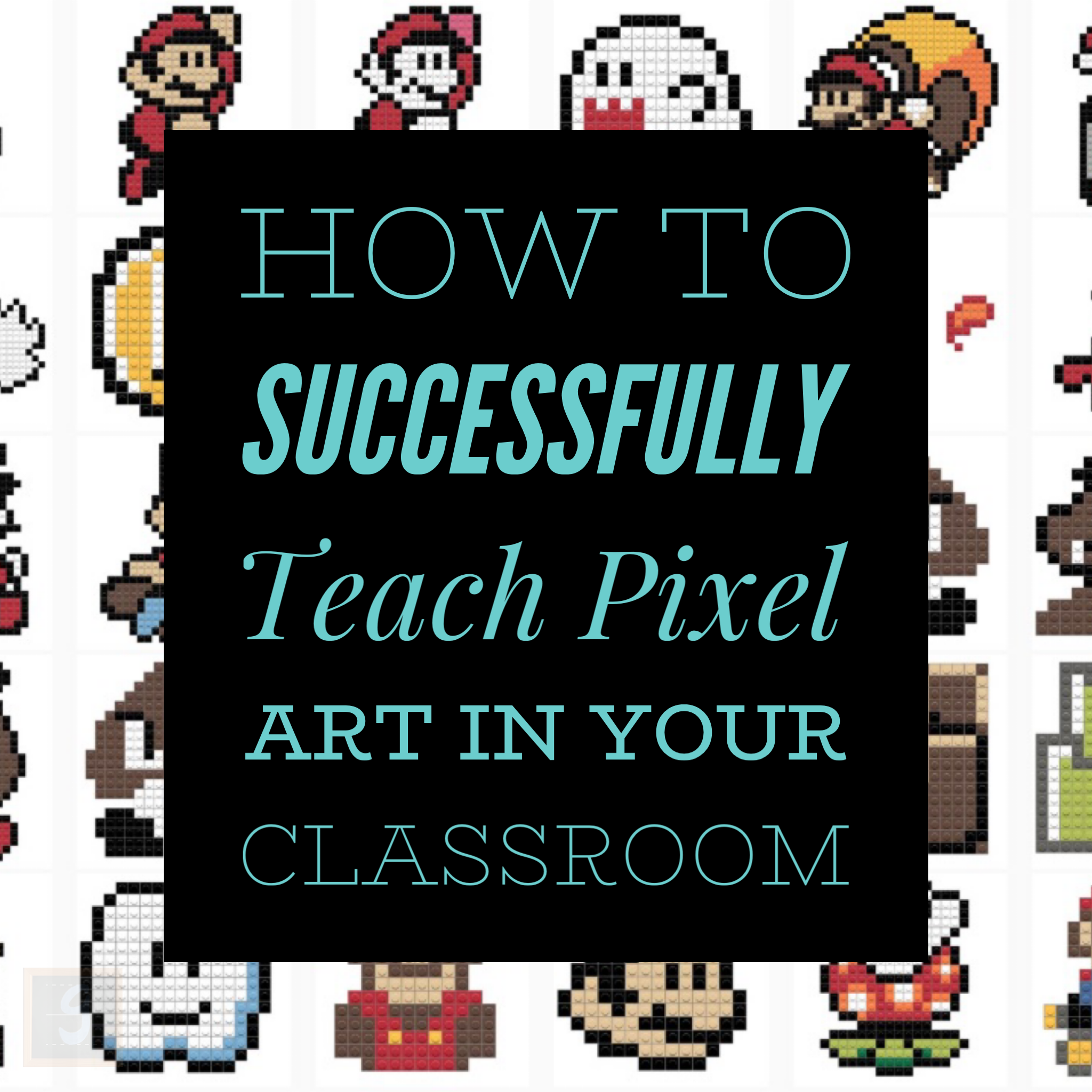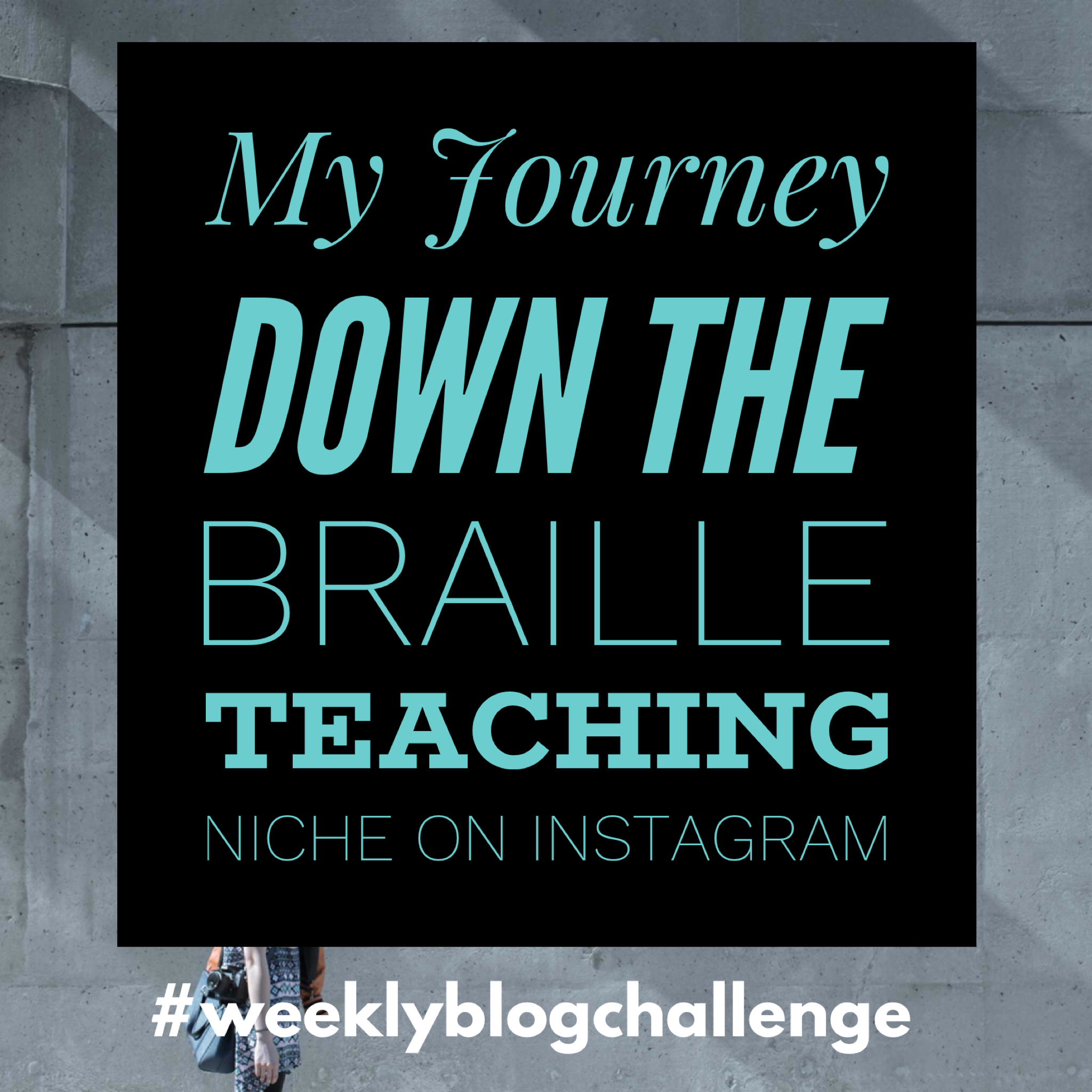If you’ve ever taught in a low socio-economic index (SEI) school, you’ve probably wondered if it’s possible to provide your students with opportunities for ‘A’s. If you have, then you’re more than aware of the wide range of abilities in your school. In these schools you will teach:
students who are incredibly bright and students who struggle to read.
students from functional families who have invested time and energy into their children and students from dysfunctional backgrounds whose only safe place is school.
So, is it even possible to provide opportunities for ‘A’s in this context?
Of course it is!
But it’s not just about providing opportunities for ‘A’s for the ‘clever clogs’ in your classroom, it’s also about providing opportunities for your students to turn their ‘D’s into ‘C’s and their ‘C’s into ‘B’s. The way that we achieve this lofty goal is simple, to just use good teaching pedagogy. If good teaching works in low SEI schools, then it’ll work in your ‘leafy green’ schools.
Good teaching works for everyone.
So here are ‘4 Ways to Provide Your Students with Opportunities for ‘A’s.
Use Your Rubrics
I am of the view that rubrics are one of the best assessment tools that you can provide your students with to show them how they can improve the quality of their work. I’ve found that spending the time explaining how rubrics work to your class, then backing this up with examples of ‘A’s, ‘B’s, ‘C’s and even ‘D’s, helps them to critically evaluate their work.
If you are a teacher in WA, then I suggest that you incorporate the language from the judging standards into your rubrics. For example, one of the key indicators of an A for writing in English is the use of sophisticated vocabulary. Using this sort of language within the criteria of your rubrics will help you and your students when it comes to evaluating the quality of their work.
So, break out those judging standards and start rewriting your rubrics if you haven’t already done so.
Use Opened Ended Questions in Your Tests
For my Science and HASS tests, I like to use multiple choice, short answer and extended answer questions to determine what my students know about these learning areas. In my experience, multiple choice and short answer questions usually indicate a student’s ‘breadth’ of understanding; however, an extended answer question will show you a student’s ‘depth’ of understanding. Here is an example of a question I use in History to show a ‘depth’ of understanding about Federation.
What if Federation Never Happen? How would Australian history be different? What problems would still exist if Australia never federated?
Open ended questions like this are a great way to see how well a student can critically evaluate what they’ve learnt and then apply it to a hypothetical situation.
If there ever was a way to use Bloom’s taxonomy in your classroom then this is it!
Use this Innovative Testing Feature
Earlier this year I came across an amazing idea that was posted onto the Facebook page Teacher2Teacher. The post in question showed a picture of a student’s science test. Nothing remarkable was on this page apart from the question that was asked, and this question read:
‘Everything I know about this topic but wasn’t asked on the test’.
Whoever came up with this idea was an absolute genius!
They say ‘imitation is the sincerest form of flattery’ so I decided to implement this idea for my HASS test on Federation in term one of this year. One student’s response that gave me a good laugh said, and I quote, ‘Mr Leslie said that WA stands for ‘wait awhile’ because we were the last state to federate’. I also had one student who researched Tasmania’s perspective on Federation in their own time and included several facts about this. I can confidently say that this testing feature helped enormously when it came to allocated grades to my students in history this semester.
On a side note, using something like this for scoring can be tricky. How can you score something from a response that you cannot anticipate for? To get around this problem, I didn’t include the marks from this section as part of the total score, but I did add five extra bonus marks. A student could skip this section if they wanted to and they would not lose marks.
Challenge yourself and add this feature to your tests. I promise that you’ll be pleasantly surprised at your students’ responses.
Allow Students to Resubmit Assignments
For the past two years I have been allowing my students to resubmit their persuasive texts and narratives that they write independently as part of my homework routine. I never used to assess written tasks in this manner until I came across an educator called Dr Justin Tarte. I used to see these writing assignments of mine as a formative assessment that was absolutely set in stone, almost like a piece of work that was to be marked and never looked at again.
By doing things differently, I now allow my students the chance to resubmit their work after I have provided feedback on their first submission. I also up the stakes on their resubmission by telling the students that I will consider their resubmitted text as an original piece of work that won’t be held back by the quality of their first submission.
I saw a dramatic increase in the quality of work that my students produced after implementing this idea. Even then, there are still parts of their narratives that they could improve on. Next year I wouldn’t mind asking my year five students to use the same characters from their narratives they wrote last term as part of a new chapter to build upon.
In fact, I am going to do this!
It takes a while to see where you can provide opportunities for ‘A’s, but the moment you open yourself up to this idea, you’ll eventually reach a creative space that helps you to achieve this goal. I hope you have enjoyed this week’s blog and I hope that it prompts a change within your own teaching pedagogy!
IF YOU THINK THIS WEBSITE IS AWESOME THEN PLEASE ...
Bookmark this page.
Follow us on Instagram | @griffin_edu
Like and follow us on Facebook | @griffineducationenterprises
Follow us on Twitter | @Griffin_Edu
Follow us on Pinterest | Griffin Education Enterprises
Join our mailing list down below.
Consider supporting us on Patreon.
And most importantly, share this website with other educators!












